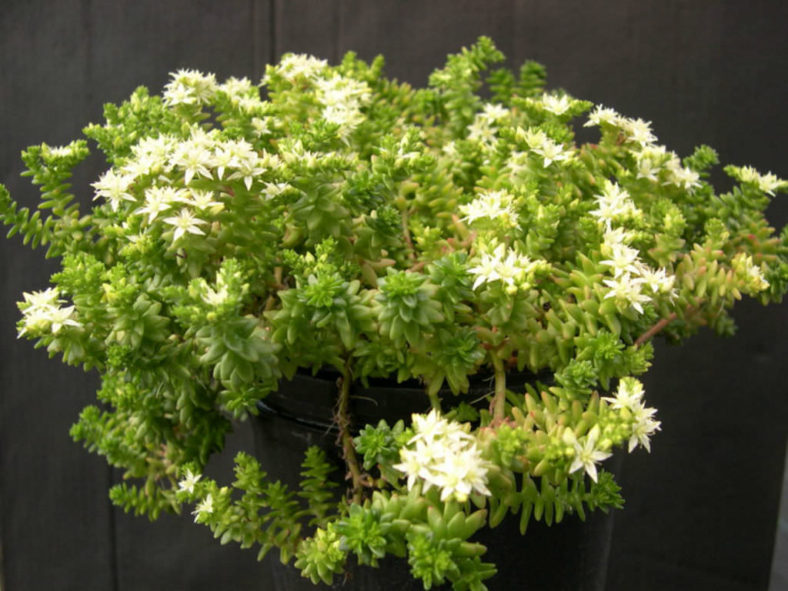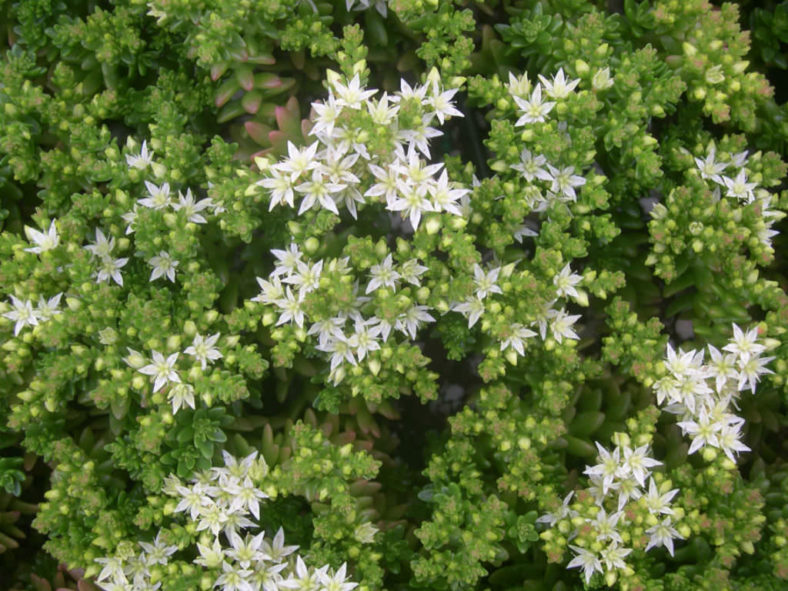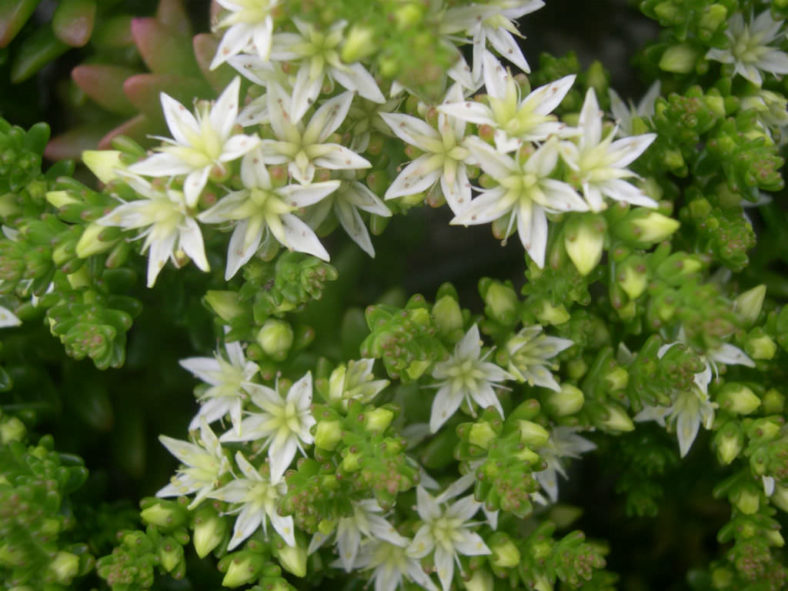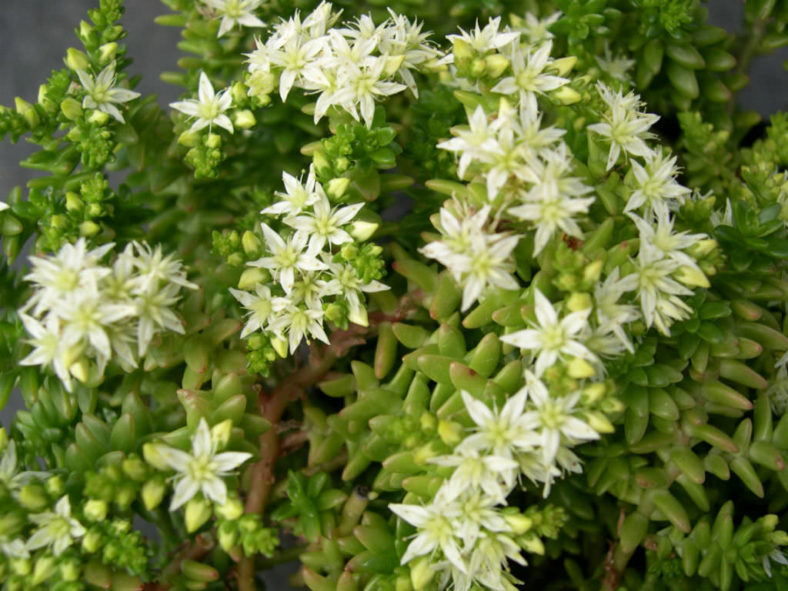Scientific Name
Sedum pulvinatum R.T. Clausen
Scientific Classification
Family: Crassulaceae
Subfamily: Sempervivoideae
Tribe: Sedeae
Genus: Sedum
Etymology
The specific epithet "pulvinatum" (pronounced "pul-vin-AH-tuh") means "cushion-shaped" and refers to the growth habit of this species.
Origin
Sedum pulvinatum is native to Mexico (Oaxaca).
Description
Sedum pulvinatum is a small succulent shrub with procumbent, branched stems and fleshy, bright green leaves that take on shades of red when exposed to intense sunlight. It can grow up to 8.4 inches (21 cm) tall. The stems are fleshy at first, becoming woody with age. The leaves are succulent and elliptical, measuring up to 0.45 inches (1.1 cm) long and 0.12 inches (0.3 cm) wide.
The flowers are small, white, star-shaped, 5-merous, and appear in clusters in fall and winter.

How to Grow and Care for Sedum pulvinatum
Hardiness: USDA hardiness zones 91 to 11b: from 20 °F (−6.7 °C) to 50 °F (+10 °C).
When growing Sedums, keep in mind that these plants need very little attention. They will thrive in conditions in which many other plants thrive, but do just as well in less hospitable areas. They are ideal for that part of your yard that gets too much sun or too little water to grow anything else. Sedum is commonly called Stonecrop because many gardeners joke that only stones need less care and live longer.
Sedum is easily planted. For shorter varieties, laying the plant on the ground where you want it to grow is usually enough to get it started. The plant will send out roots from wherever the stem touches the ground and the root itself. If you want to ensure the plant starts there, add a very thin layer of soil.
You can break off one of the stems for taller varieties and push it into the ground where you want to grow it. The stem will root very easily, and a new plant will be established in a season or two.
Learn more at How to Grow and Care for Sedum.
Links
- Back to genus Sedum
- Succupedia: Browse succulents by Scientific Name, Common Name, Genus, Family, USDA Hardiness Zone, Origin, or cacti by Genus
Photo Gallery
Click on a photo to see a larger version.


